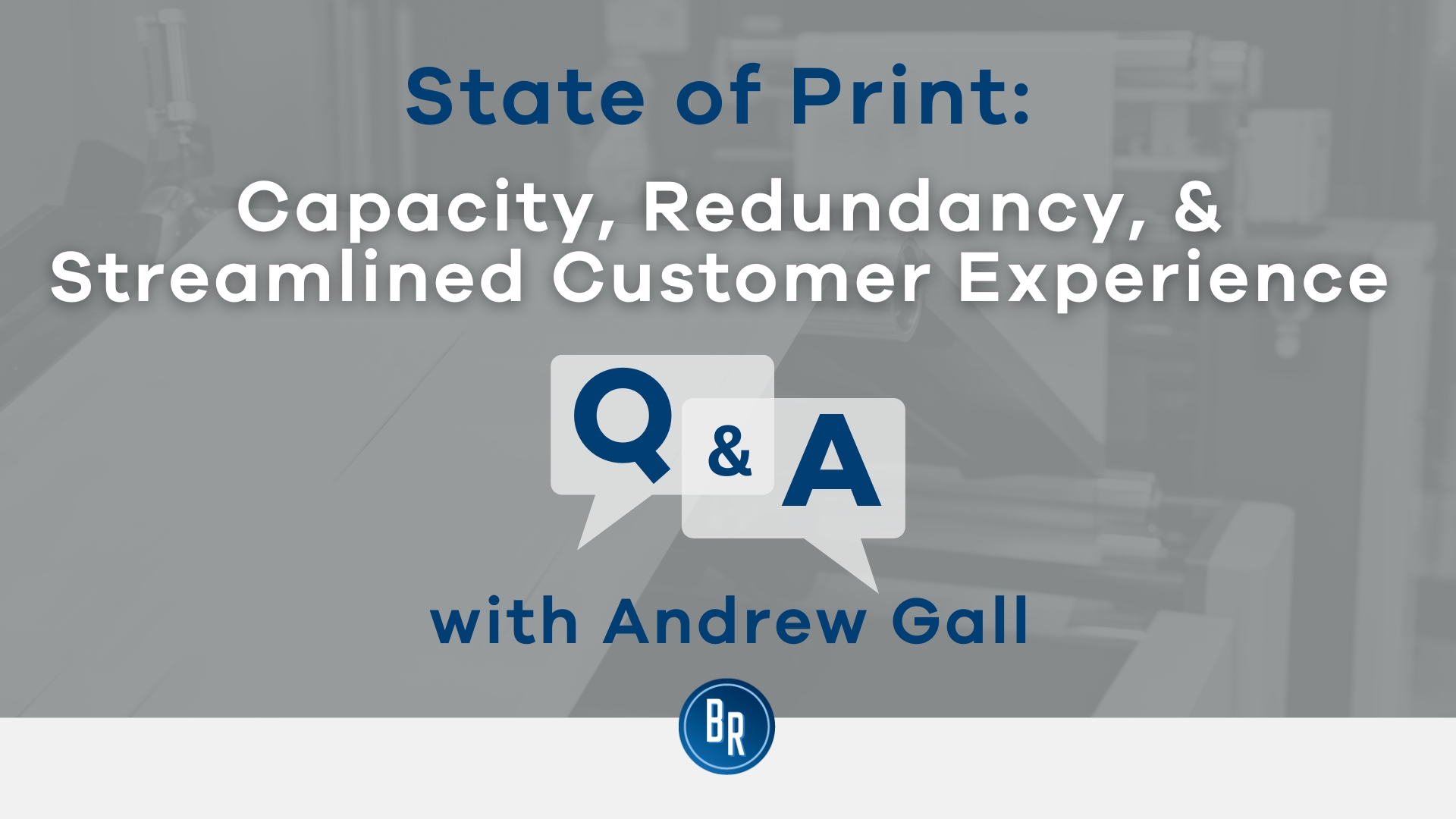Checking Out the Interplay In Between Company Redundancy and Business Adaptability for Future Development
In the dynamic landscape these days's service world, the complex relationship in between company redundancy and business flexibility emerges as an important element for sustained growth and success. Firms commonly encounter the difficulty of striking a fragile balance in between keeping a level of redundancy to minimize risks and promoting versatility to respond promptly to the ever-evolving market demands. This fragile interaction holds the key to not just enduring in rough times however likewise growing in the face of uncertainty. As we discover the multifaceted dimensions of this interplay, fascinating insights into exactly how companies browse these complexities to lead the way for future development wait for.
Significance of Firm Redundancy
Firm redundancy is a crucial aspect that improves business resilience and reduces operational threats. By integrating redundancy measures within the organizational structure, business can better hold up against unexpected interruptions and variations in business setting. Redundancy serves as a tactical barrier, enabling business to adjust and respond efficiently to unexpected difficulties without endangering essential procedures.
One key element of the relevance of business redundancy is its role in making sure connection throughout times of situation. When faced with sudden modifications or emergency situations, redundant systems, resources, or employees can step in to keep critical features and avoid widespread disturbances. This continuity not just safeguards the business's credibility and customer trust fund however also decreases monetary losses and operational downtime.

Strategies for Organizational Adaptability

One more crucial technique is spending in modern technology and infrastructure that can support versatility and scalability. Implementing electronic tools, automation, and data analytics can improve operations, boost performance, and provide valuable understandings for notified decision-making. Furthermore, creating versatile business frameworks that permit for fast changes to market characteristics and customer demands is necessary for staying affordable in a rapidly evolving setting. By proactively identifying potential interruptions and possibilities, companies can proactively adjust and flourish in an ever-changing company landscape.
Balancing Redundancy and Adaptability
Attaining a harmonious balance in between operational redundancy and business versatility is critical in browsing the intricacies of a dynamic company setting. Redundancy within a company offers a safety internet, making certain continuity and stability in procedures. However, an extra of redundancy can bring about ineffectiveness and prevent adaptability to changing market conditions. On the other hand, business adaptability enables companies to respond quickly to external disruptions and take new opportunities. Striking the best balance in between redundancy and adaptability is a fragile procedure that needs a deep understanding of the company's goals, market characteristics, and risk resistance.
To achieve this balance, business need to carry out routine evaluations of their procedures to determine locations where redundancy is necessary for risk mitigation and where adaptability can drive innovation and growth. Implementing flexible frameworks, cultivating a society of constant discovering and renovation, and urging open interaction throughout all levels of the organization are key strategies to harmonize redundancy and flexibility properly. By straightening these two vital elements, companies can place themselves for lasting growth and success in an ever-changing company landscape.
Case Researches on Adjustment Success
In taking a look at instances of successful business adaptation, it becomes obvious that the interplay in between operational redundancy and adaptability is a specifying consider shaping resistant services. One compelling instance research study is that of Netflix. Initially a DVD rental service, Netflix showed amazing adaptability find more information by transitioning right into a streaming platform when digitalization interfered with the market. By purposefully click for more info investing in technology and material creation, Netflix not just flourished yet made it through in a swiftly developing market. An additional standout example is Amazon. Beginning as an online book shop, Amazon continuously adapted its organization design, increasing into varied sectors such as cloud computer and expert system. This versatility allowed Amazon to stay in advance of competitors and satisfy altering customer demands. Finally, Adobe gives a noteworthy image of effective adaptation. The business changed from selling software program licenses to a subscription-based model, making sure recurring income streams and improved consumer engagement. These situation research studies emphasize the significance of operational redundancy combined with business flexibility in fostering long-term growth and competition.
Structure Strength for Future Development
Building strength for future growth calls for a calculated alignment of functional processes with market characteristics and emerging fads. Business must adjust to transforming atmospheres by fostering a society of flexibility, advancement, and continuous renovation.
Furthermore, cultivating strong connections with stakeholders, such as customers, workers, distributors, and the neighborhood, is essential for weathering unpredictabilities and maintaining depend on and support throughout turbulent times. Efficient interaction and transparency play a crucial duty in building durability, as they aid align assumptions and promote partnership in browsing uncertainties.
Additionally, companies require to focus on learning and advancement efforts to upskill staff members and outfit them with the needed tools to adapt to altering scenarios. By buying their labor force, companies can enhance their adaptability and agility, eventually enhancing their strength for lasting future development.
Final Thought

In the dynamic landscape of today's service globe, the elaborate connection in between business redundancy and business adaptability emerges as a crucial element for continual development and success. Companies commonly face the difficulty of striking a fragile equilibrium between maintaining a level of redundancy to alleviate threats and fostering versatility to react promptly to the ever-evolving market needs.To achieve this balance, business need to perform normal assessments of their operations to determine locations where redundancy is needed for threat mitigation and where adaptability can drive advancement and development.In verdict, the interaction in between company redundancy and organizational adaptability is important for future development. Structure durability with a mix of redundancy and flexibility will certainly make certain that firms are prepared for the obstacles of the future.